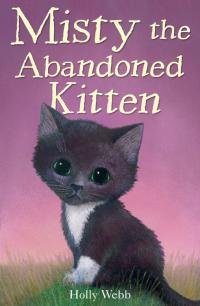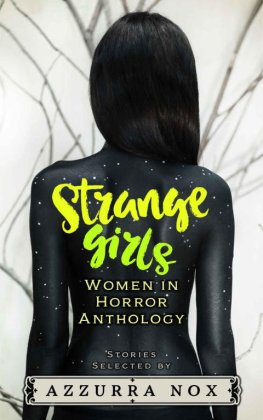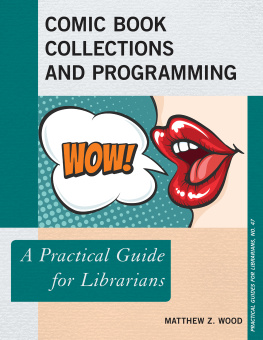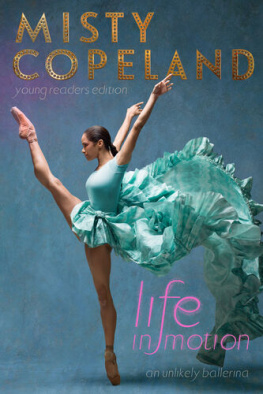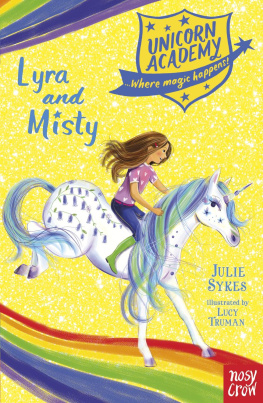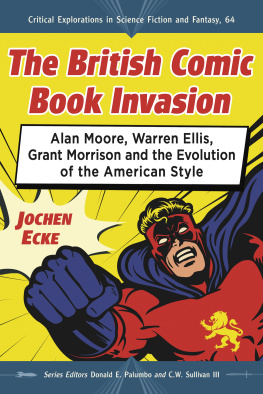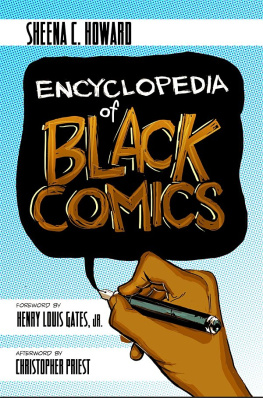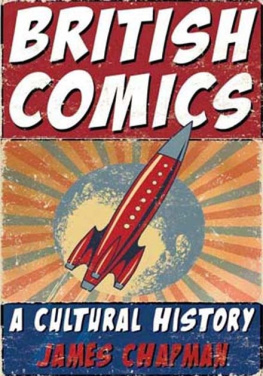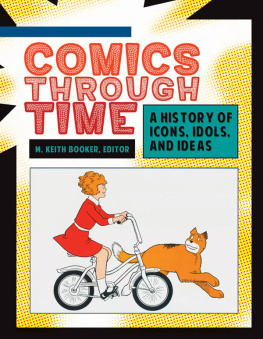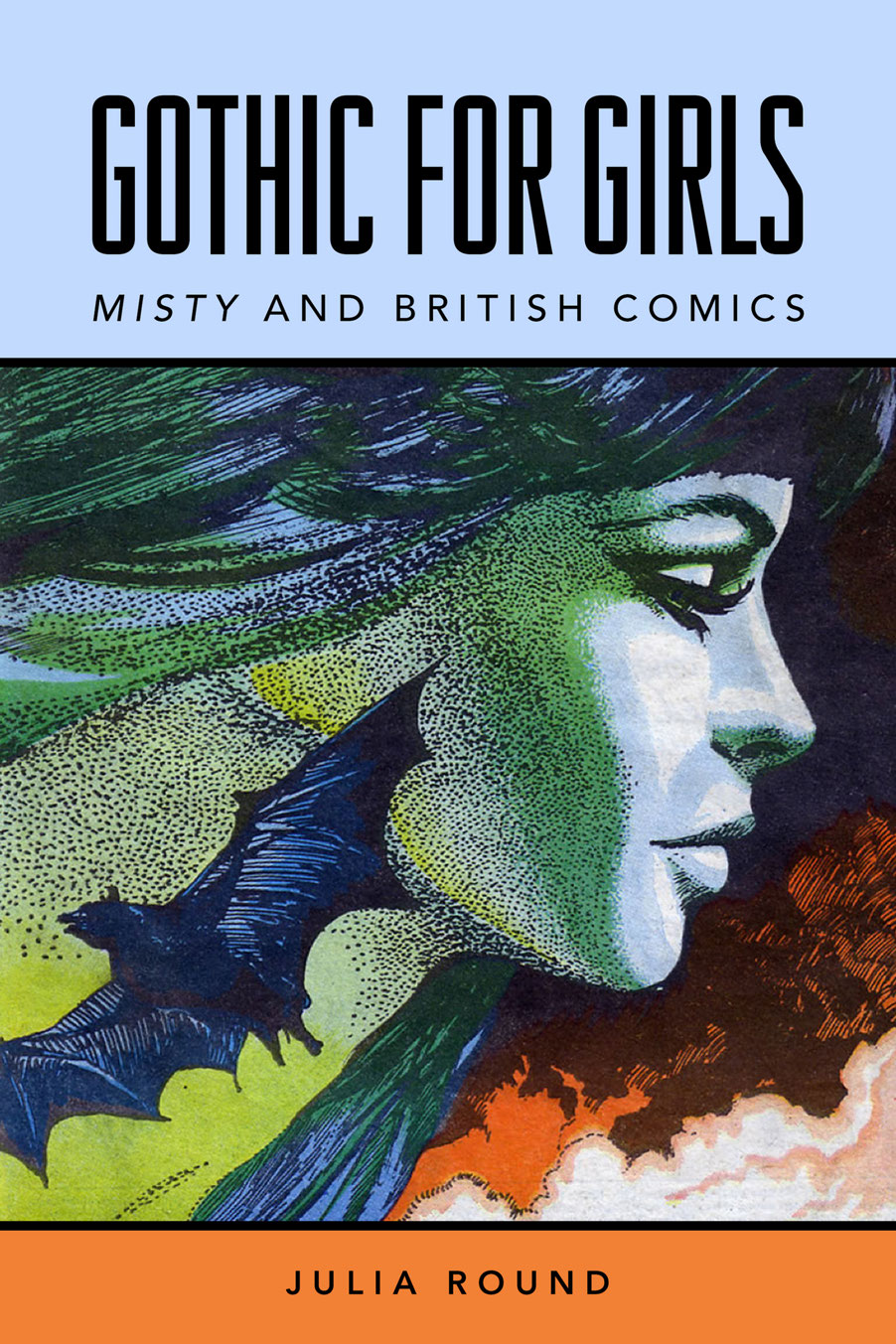GOTHIC FOR GIRLS
GOTHIC FOR GIRLS
MISTY AND BRITISH COMICS
JULIA ROUND
FOREWORD BY MEL GIBSON
University Press of Mississippi /Jackson
The University Press of Mississippi is the scholarly publishing agency of the Mississippi Institutions of Higher Learning: Alcorn State University, Delta State University, Jackson State University, Mississippi State University, Mississippi University for Women, Mississippi Valley State University, University of Mississippi, and University of Southern Mississippi.
www.upress.state.ms.us
Designed by Peter D. Halverson
The University Press of Mississippi is a member of the Association of University Presses.
Page ii: Cover of Misty #27. Misty designed and drawn by Shirley Bellwood, image manipulated and colored by Jack Cunningham/Ted Andrews for the comic book cover. Reproduced with permission of Misty Rebellion Publishing IP Ltd.; copyright Rebellion Publishing IP Ltd., all rights reserved.
Copyright 2019 by University Press of Mississippi
All rights reserved
Manufactured in the United States of America
First printing 2019
Library of Congress Cataloging-in-Publication Data available
LCCN 2019020040
ISBN 9781496824455 (hardcover)
ISBN 9781496824462 (paperback)
ISBN 9781496824479 (epub single)
ISBN 9781496824486 (epub institutional)
ISBN 9781496824493 (pdf single)
ISBN 9781496824509 (pdf institutional)
British Library Cataloging-in-Publication Data available
For Dana, our Child of the Mists
CONTENTS
by Dr. Mel Gibson
Index
Figure 0.1. The Haunting of Julia Round.Art by Letty Wilson, written by Julia Round. Produced by Inkpot Studios.
FOREWORD
Mel Gibson
The story of the British girls comic was, for a long time, a lost history (or perhaps herstory). Often innovative, girls comics were perceived as lesser fare by many, in part because they were aimed at girls, a group whose engagement with popular culture was something that was frequently spoken of disparagingly. All the same, beginning in the 1950s, these genuinely popular weekly anthology comics, some circulating more than 800,000 a week, engaged a number of generations of predominantly female readers before fading away completely in the first decade of the twenty-first century.
This book engages specifically with one of those comics, Misty , a title filled with narratives of mystery and terror. In exploring both the popularity of a specific comic and why it ended, Julia Round adds nuance to our understanding of the demise of the genre, which may have come about for a number of reasonsincluding problematic (one might say monstrous) management practices that failed to value both creators and child audiences, changing media landscapes, and shifting notions of childhood.
Further, and linking comic, genre, and history, one can argue that the disappearance of these comics was particularly horrific given that they were created by some of the most significant comics writers in Britain, working with talented artists from both Britain and Europe. This book is partly dedicated to exploring who created Misty , at times an act of detection as well as cooperation with others interested in the field, given that the publishers tended not to reveal the names of artists or writers. Julia has additionally managed to contact numerous people involved in creating the comic, particularly from the editorial team, adding another layer to the analysis through the inclusion of interview material.
Despite the negative views of girls comics, they offered a huge range of stories, including complex and challenging ones alongside short and simple ones, across many genres. These texts offered various pleasures, including that of being scared, pleasures always enhanced by the wait for the next episode. As always with serial and other fictions, being able to engage with prediction and anticipation drew readers in, and talking about what they had read often cemented their relationship with both peers and comics culture. In a sense, this book is an extension of such conversations, albeit in an adult and largely academic context.
Since the genre ended, both fans and academics have worked to increase awareness of these texts and their significance. The idea of celebrating popular culture for girls, and exploring what girls have done with the popular culture offered to them, has increasingly appeared in work across a range of academic disciplines and engaged with a number of approaches, from work on audiences and memory, like my own, to textual analysis of narratives on specific themes. This book adds another contribution in analyzing content, production, and audience, and it also aims to think through why comics for young people, especially girls, have been largely, as yet, neglected.
For many readers and researchers, the touchstones within this genre include Bunty from DC Thomson, the longest-lived of the titles, best known for the school story The Four Marys; Girl from Hulton Press, seen as significant, in part, because of its high production values; and Jackie , also from DC Thomson, which engaged with the world of popular culture, contributing to an aspirational girls culture for both teens and younger readers. Misty was also one of these touchstone comics, to the extent that a long-running campaign has existed to get the comic back in print, a goal that has recently been realized in the form of several edited collections (including new work inspired by the original comic). Whilst comparatively short-lived, Misty has become a rallying point for readers interested in spooky stories and horror in comics, as well as innovation in terms of form and narrative.
Misty was not the only comic to create weird narratives, of course. Spellbound, Jinty , and Diana , among others, also engaged with ghost stories, tales of retribution, dreadful twists of fate, magical objects, dark fairy tales, and horrible and mysterious happenings. What Misty did that made it distinctive is something that Julia Round explores here by analyzing the comic. The way that the team engaged with readers, both through letter pages and by responding to direct feedback on stories, is given attention, too. Further, the author has developed a complementary set of materials, including a searchable database, which covers stories, themes, and creators. This database acts not only as a companion to this book but also as a stimulus, it is to be hoped, to further research.
In addition to contextualizing Misty in the world of comics, the author offers some thoughts that place it in the wider context of horror across film, books and television in the 1970s. The links between this comic and fairy tales and childrens books are also considered. Further, this book explores how Misty relates to issues within both cultural and literary studies, including, perhaps most significantly, Gothic scholarship and the concept of Gothic for Girls.


